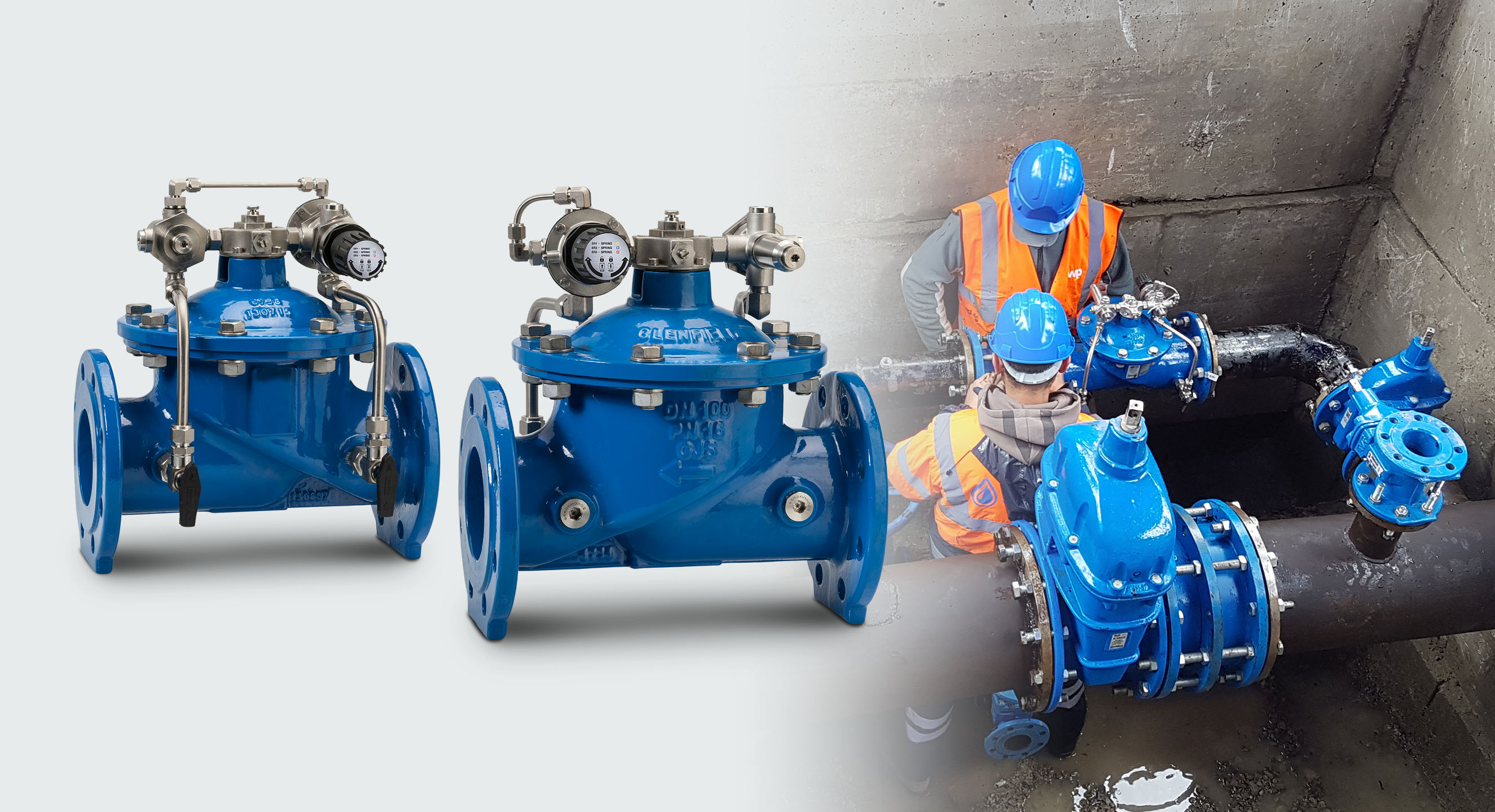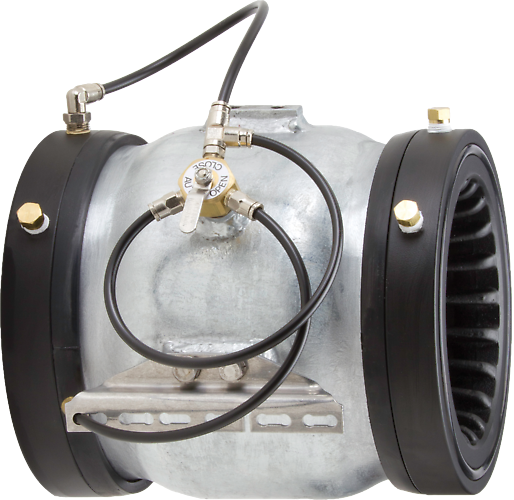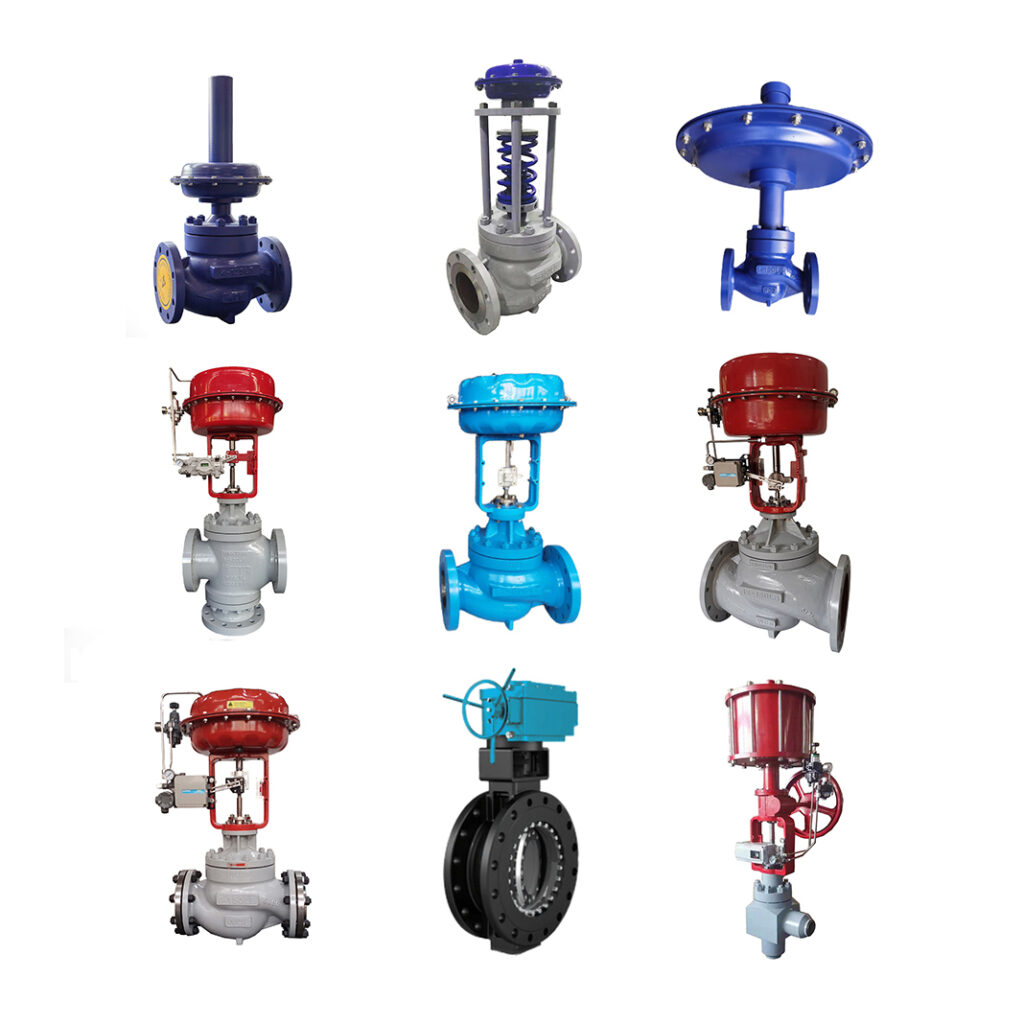The Function of Control Valves in Liquid Circulation Administration Systems
The Function of Control Valves in Liquid Circulation Administration Systems
Blog Article

Maximize Power Savings and Convenience With Advanced Structure Automation Controls
In the world of modern design and center monitoring, the integration of innovative structure automation regulates stands as an essential improvement. The convergence of modern technology and sustainability has birthed a new era where power effectiveness, convenience optimization, and functional streamlining are no longer remote ambitions but possible truths. By utilizing the power of automation, buildings can adapt, react, and evolve in means that were when unbelievable. The possibility for considerable power savings and boosted convenience is not just a guarantee yet an opportunity waiting to be satisfied. This standard shift in structure management holds the crucial to opening a world where ecological conscientiousness and resident wellness sympathetically exist together within the wall surfaces of our structures.
Power Effectiveness Advantages
Power performance benefits can significantly decrease energy intake and functional expenses in buildings. Energy-efficient systems, such as advanced structure automation controls, can maximize the usage of resources like illumination, cooling, and heating, leading to reduced power expenses over time.
Furthermore, boosted power efficiency can prolong the life-span of structure tools and systems. By running extra successfully, heating and cooling systems, lighting fixture, and various other structure parts experience less damage, causing decreased upkeep and replacement prices. In addition, energy-efficient buildings typically regulate greater home worths and rental rates, providing lasting economic advantages to proprietors.
Furthermore, power effectiveness can boost resident convenience and productivity. Correctly managed indoor settings with optimal lights and thermal problems create a more pleasant and favorable work space, leading to boosted staff member fulfillment and efficiency. Generally, the energy performance advantages related to sophisticated building automation controls are multifaceted, incorporating price savings, environmental stewardship, and occupant health.
Improved Convenience Control
Enhancing comfort control in structure environments needs an advanced combination of innovative automation systems for optimum passenger wellness. By utilizing advanced building automation controls, facilities can tailor the interior atmosphere to satisfy the certain requirements and preferences of residents. These systems allow precise policy of temperature, air flow, and lights, producing a efficient and comfy ambience. Occupant satisfaction and performance are closely linked to thermal comfort, making it important to have systems in position that can adjust to changing conditions in real-time.
Boosted convenience control exceeds fundamental temperature level adjustments. It consists of functions such as tailored setups, tenancy sensors, and natural light application to create a receptive and vibrant setting. By incorporating these innovative controls, structures can not only boost comfort yet likewise enhance power efficiency by optimizing system operations based upon real tenancy and use patterns. Eventually, prioritizing owner convenience through innovative automation systems brings about a much more enjoyable and healthier interior environment.
Functional Effectiveness Improvements

Additionally, the execution of real-time monitoring and analytics tools allows structure drivers to recognize energy inefficiencies and operational anomalies quickly. By continually keeping an eye on energy use patterns and system efficiency metrics, changes can be made in real-time to maximize power consumption and make certain peak functional efficiency. control valves. In addition, including need action methods into building automation controls can better boost functional effectiveness by dynamically changing power usage based upon grid problems and pricing signals
Indoor Environment Optimization
Reliable find out here interior environment optimization is an essential aspect of structure automation controls, making certain owners' comfort and health while maximizing power financial savings. By making use see this page of sophisticated sensing units and controls, constructing automation systems can continuously keep track of and readjust temperature, moisture degrees, air quality, and ventilation to create an ideal interior setting. Maintaining consistent and comfortable conditions not only boosts passenger complete satisfaction but also increases efficiency and total well-being.
Indoor environment optimization likewise plays an important function in power performance. By fine-tuning air conditioning, heating, and air flow systems based on real-time data and tenancy patterns, constructing automation controls can substantially reduce energy consumption - control valves. Implementing techniques such as demand-controlled ventilation and thermal zoning can help minimize energy waste while making certain that each location of the building gets the required conditioning.

Sustainable Atmosphere Creation
Building automation manages not only maximize indoor climate conditions for power performance and owner comfort but also lay the structure for creating a sustainable atmosphere with strategic administration of resources and systems. By incorporating innovative structure automation technologies, such as sensing units, actuators, and intelligent software, facilities can keep track of and adjust energy use in real-time to lessen waste and decrease their carbon footprint. These systems enable anticipating maintenance, identifying potential problems prior to they escalate and maximizing my latest blog post tools efficiency to improve longevity and efficiency.
Additionally, sustainable setting development prolongs past energy monitoring to incorporate water conservation, waste decrease, and indoor air high quality renovation. Building automation controls can control water use, detect leakages, and guarantee proper waste disposal practices, contributing to overall sustainability initiatives. Furthermore, by controlling and monitoring air flow and filtration systems, these modern technologies enhance resident wellness and efficiency while reducing power intake related to HVAC procedures.
Conclusion
In conclusion, advanced structure automation manages offer considerable advantages in terms of power savings, comfort control, functional efficiency, indoor climate optimization, and producing a lasting environment. By implementing these controls, buildings can attain optimum efficiency while reducing energy intake and boosting owner comfort. It is evident that using innovative automation technology is vital in improving building efficiency and developing a much more sustainable future.
Power efficiency advantages can considerably lower power consumption and functional expenses in buildings. On the whole, the energy performance advantages connected with sophisticated structure automation controls are diverse, encompassing price savings, ecological stewardship, and owner health.
Additionally, incorporating demand reaction strategies into structure automation controls can further improve functional effectiveness by dynamically changing power usage based on grid conditions and pricing signals.
Building automation manages not just enhance interior climate problems for power efficiency and owner convenience however likewise lay the structure for developing a sustainable setting via calculated monitoring of resources and systems.In final thought, progressed building automation manages deal significant benefits in terms of energy financial savings, comfort control, functional efficiency, indoor environment optimization, and creating a lasting environment.
Report this page